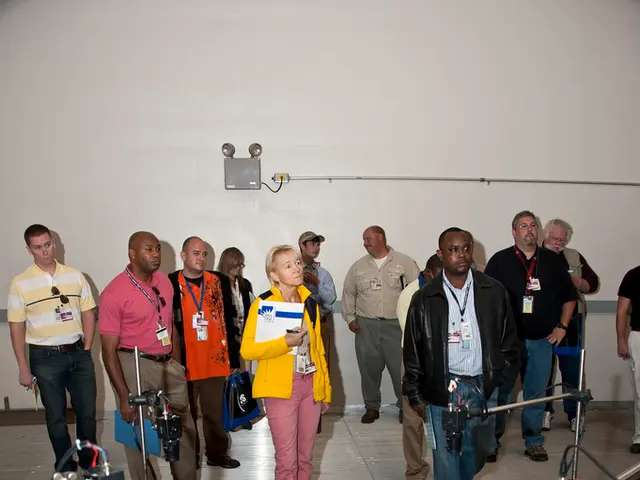AsyncRAT: Potent RAT Behind Major Cyber Attacks
AsyncRAT, a potent Remote Access Trojan (RAT), has been making waves in recent cybersecurity attacks. Originating around 2019, it has been employed in various malware campaigns, including Operation Layover targeting the aviation industry and a campaign targeting Thailand Pass customers.
AsyncRAT's primary function is to remotely monitor and control other computers through a secure, encrypted connection. It enables modules, settings, and the flow of code execution, with a delay function defining the sleep duration before execution. The Initialize Settings function activates all hardcoded configurations and settings predefined during payload construction.
The RAT's keylogger feature uses the code of the open-source project LimeLogger to capture keystrokes on victim machines. It can download additional resources and payloads from domains like Pastebin using the 'WebClient.DownloadString' API. AsyncRAT verifies configurations using the server certificate and server signature.
The AsyncRAT C2 Framework includes a Client Helper with anti-analysis tools such as Detect Manufacturer, Detect Sandbox, IsSmallDisk, IsXP, and Anti-Virus Check. It creates a mutex instance with a default value of 'AsyncMutex_6SI8OkPnk'.
AsyncRAT's capabilities and widespread use highlight the importance of robust cybersecurity measures. It can be detected and removed using services like Qualys Multi-Vector EDR. Despite its origins remaining unclear, its impact on recent cybersecurity attacks is undeniable, underscoring the need for continuous vigilance and adaptation in cybersecurity.
Read also:
- Strengthening Defense against Multi-faceted menaces in the Age of Authority-driven Technology
- Industries Under Jeopardy Due to Multi-Accounting: Prevention Strategies Revealed in 2024
- Web3 Esports undergoes transformation as Aylab and CreataChain collaborate for a radical change
- Latest Tech Highlights: Top Gadgets of March 2025







